
Roof maintenance is an important aspect of any building’s upkeep, and it is essential to understand the different types of roofing membranes that are available. TPO (thermoplastic polyolefin) and EPDM (ethylene propylene diene monomer) are two popular choices for commercial buildings.
Contents:
- Introduction to TPO & EPDM Roofs
- Benefits of TPO & EPDM Roofs
- Installation Requirements for TPO & EPDM Membranes
- Inspecting and Maintaining TPO & EPDM Roofs
- Repairing a TPO or EPDM Roof
- Preventative Maintenance Tips for TPO & EPDM Roofs
- Understanding the Difference Between TPO and EPDM Membranes
- The Cost of Installing a New TPO or EPDM Roof
TPO is a single-ply membrane made from a combination of rubber, thermoplastic, and other materials. It has excellent UV resistance and can be applied quickly in large sheets over existing roofs with minimal disruption to the building occupants. This makes it a great choice for retrofitting older roofs or replacing sections that have been damaged due to weather or wear and tear. Its reflective properties also make it energy efficient by reflecting sunlight away from the building which helps reduce cooling costs during hot summer months.
EPDM on the other hand is a rubberized membrane consisting mostly of ethylene-propylene-diene terpolymer compounds with some additional ingredients added such as carbon black pigment for coloration or curing agents like sulfur dioxide which help extend its life span up to 50 years when properly installed and maintained. It’s extremely durable, resistant to heat and cold temperatures, ozone exposure, ultraviolet light damage; chemical attack; wind uplift forces; punctures; tears & abrasions – making it ideal for flat roof applications where these elements might be more common than those found on pitched surfaces such as shingle roofs often seen on residential homes.
These membranes differ in terms of installation techniques used as well: TPO requires mechanical fasteners while EPDM relies upon adhesives since its material composition does not lend itself easily to being attached through metal components like screws or nails typically used with conventional tarpaulin systems. Both require proper cleaning before application so that dirt & debris don’t interfere with bonding processes between them & underlying substrates they’re being placed upon such as plywood decking beneath asphalt shingle layers etc…
In addition to installation techniques there are best practices involved in maintaining these membranes once they’ve been applied too: Regular inspections should be done every 6 months or so depending on climate conditions present at each individual site/location – checking seams around corners/edges especially because they tend weaken overtime due reoccurring expansion/contraction cycles caused by temperature changes throughout year etc…Additionally caulking may need replaced periodically if any gaps begin forming along edges near flashing points where water could potentially seep into walls below leading potential damage further down line.
Introduction to TPO & EPDM Roofs
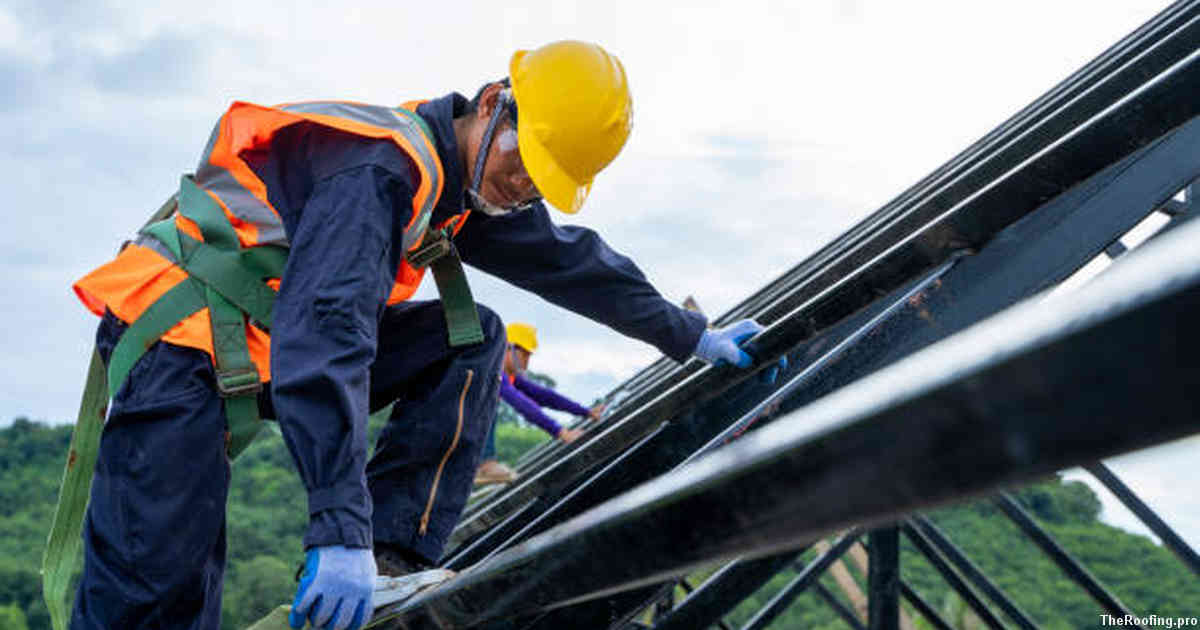
TPO and EPDM roofs are two of the most common flat roofing systems on the market today. While both types of roofs offer superior protection from weather, they also require different levels of maintenance to ensure long-term performance. In this article, we will provide an overview of these two membrane materials and discuss best practices for their installation and maintenance.
First off, TPO (thermoplastic polyolefin) is a single-ply rubberized material that has become increasingly popular in recent years due to its durability, cost-effectiveness, and easy installation process. The membrane is made up of several layers: a scrim layer reinforced with fibers; a core composed primarily of plasticizers; and a top surface consisting mostly of polymers such as ethylene propylene diene monomer (EPDM). This combination makes it resistant to UV rays, ozone exposure, chemicals spills, high temperatures – even punctures. It also provides excellent waterproofing capabilities when properly installed by certified professionals.
On the other hand, EPDM (ethylene propylene diene monomer) is an all-rubber roofing system comprised entirely out of synthetic rubber polymer compounds. This type of material offers greater flexibility than traditional asphalt shingle or metal roofing systems while still providing superior water resistance properties. Its lightweight nature allows for easier handling during installation as well as lower costs associated with labor since fewer workers are required for its application compared to heavier alternatives like TPO membranes. Because it does not absorb heat like other materials do – making it ideal for areas prone to extreme temperature fluctuations throughout the year – many commercial property owners choose this option over more expensive alternatives in order to save money in energy bills over time too.
Benefits of TPO & EPDM Roofs
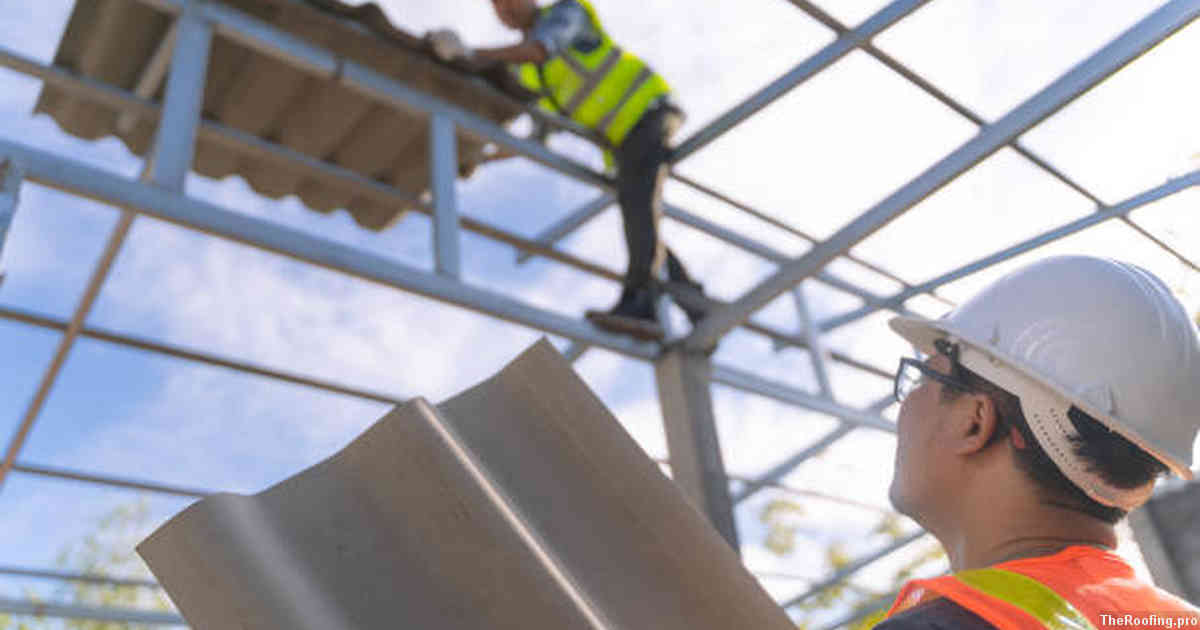
When it comes to roofing, TPO and EPDM roofs have been gaining traction in recent years due to their many advantages. These two types of membranes are both incredibly durable and cost-effective, making them popular among those who want an effective yet affordable roof for their property.
TPO stands for thermoplastic polyolefin and is a single-ply membrane made from a combination of ethylene propylene rubber polymerized with sulfur. It’s known for its high resistance to chemicals, punctures, UV rays, fire retardants and ozone degradation – all great qualities that help extend the life of your roof. Because it’s lightweight compared to other materials such as asphalt or metal roofs, installation is much easier on the building structure itself – something you’ll certainly appreciate if you ever decide to make repairs or replacements down the line.
EPDM stands for ethylene propylene diene monomer and is a synthetic rubber material used mainly in commercial flat roofs but can also be used on residential buildings as well. Its key benefit lies in its durability; even after being exposed to extreme weather conditions like hail storms or heavy snowfall over long periods of time, these membranes stay strong without any signs of wear or tear (unlike traditional shingles). They’re able to reflect up 80% of the sun’s rays which helps keep energy costs low during hot summer months when cooling bills skyrocket.
Overall these two types of roofs offer tremendous benefits: from longevity and protection against extreme temperatures/weather elements; easy installation with no need for extra support structures; less risk associated with repairs/replacements down the road; plus money saved on energy costs due heating/cooling efficiency improvements over time – so why not consider installing either one today?
Installation Requirements for TPO & EPDM Membranes
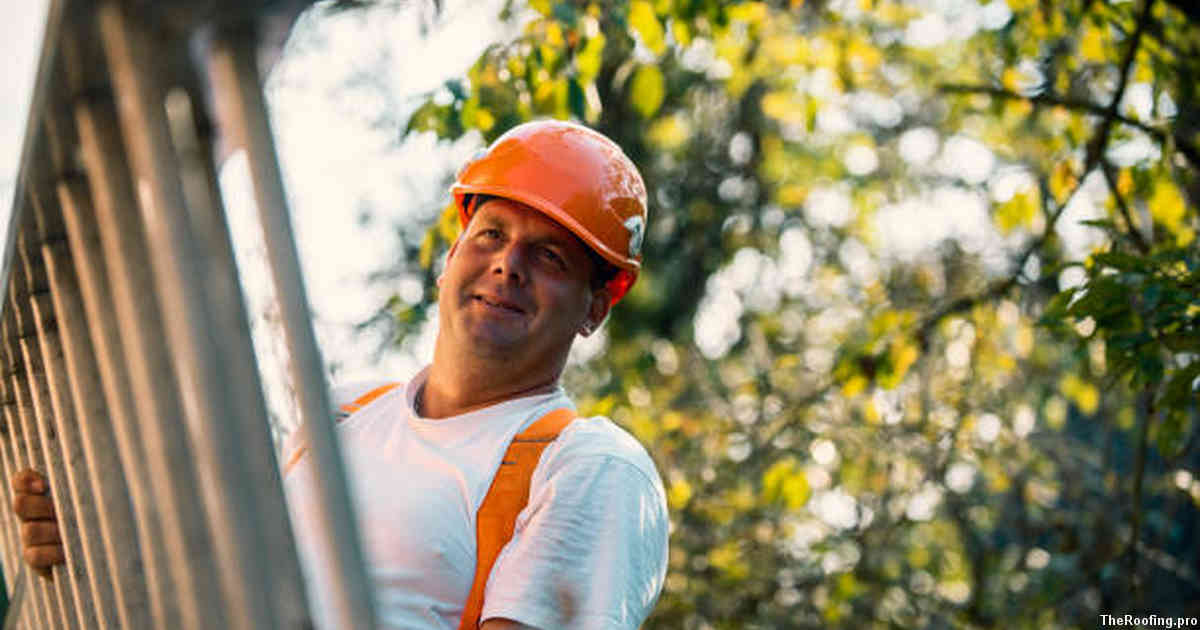
When installing TPO and EPDM roof membranes, there are a few requirements to keep in mind. The first is the surface preparation of the substrate on which the membrane will be installed. This should involve removing any dirt or debris, including any loose particles that may have accumulated over time. It is also important to make sure that all seams between panels are properly sealed with a compatible sealant before installation.
Another requirement for proper installation of these membranes is fastening them securely to the substrate. Fasteners used must meet applicable local building codes as well as manufacturer specifications for both material and size of fastener used. The recommended number of fasteners depends on wind speed conditions in your area but typically include one every 2-4 feet along each edge and 12-24 inches apart within each panel section. Flashing around penetrations should be applied at least 6 inches beyond the perimeter of the penetration itself for additional protection against water infiltration into vulnerable areas around vents, drains, etc.
It’s essential to choose an appropriate adhesive system when adhering TPO or EPDM sheets together during installation process; this can vary depending on climate zone and other factors specific to your region so consult with a professional prior to starting work if unsure about compatibility issues related to product selection here too.
Inspecting and Maintaining TPO & EPDM Roofs
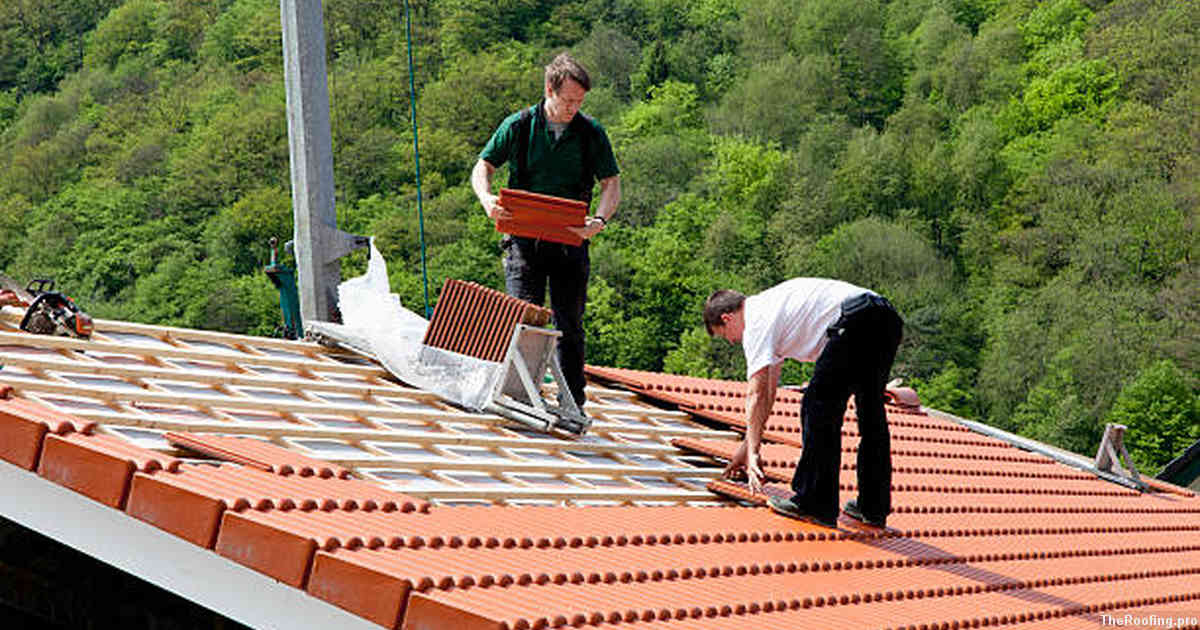
Regular inspections and maintenance are key components to the longevity of any tpo or epdm roofing system. These membranes must be regularly monitored in order to identify potential areas of damage, such as punctures or tears that can lead to water intrusion. Regular cleaning is important for keeping a membrane clean from dirt and debris which can cause clogs in drainage systems.
The first step when inspecting these roofs is looking for any signs of deterioration such as cracking, blistering or splitting along seams. It’s also important to check all flashings and penetrations for signs of wear or loose connections that could allow water penetration. Any issues should be addressed immediately before they become more serious problems down the road.
Once inspected, it’s time to move onto maintenance steps like cleaning gutters, drains and scuppers; checking fasteners on insulation boards; repairing/replacing worn flashing; sealing around protrusions (like HVAC units); re-caulking seams; replacing damaged sheets; resealing adhesives around roof edges; and repairing holes with patch kits designed specifically for this type of membrane material. Following a few simple steps will ensure your tpo & epdm roof lasts long into the future.
Repairing a TPO or EPDM Roof
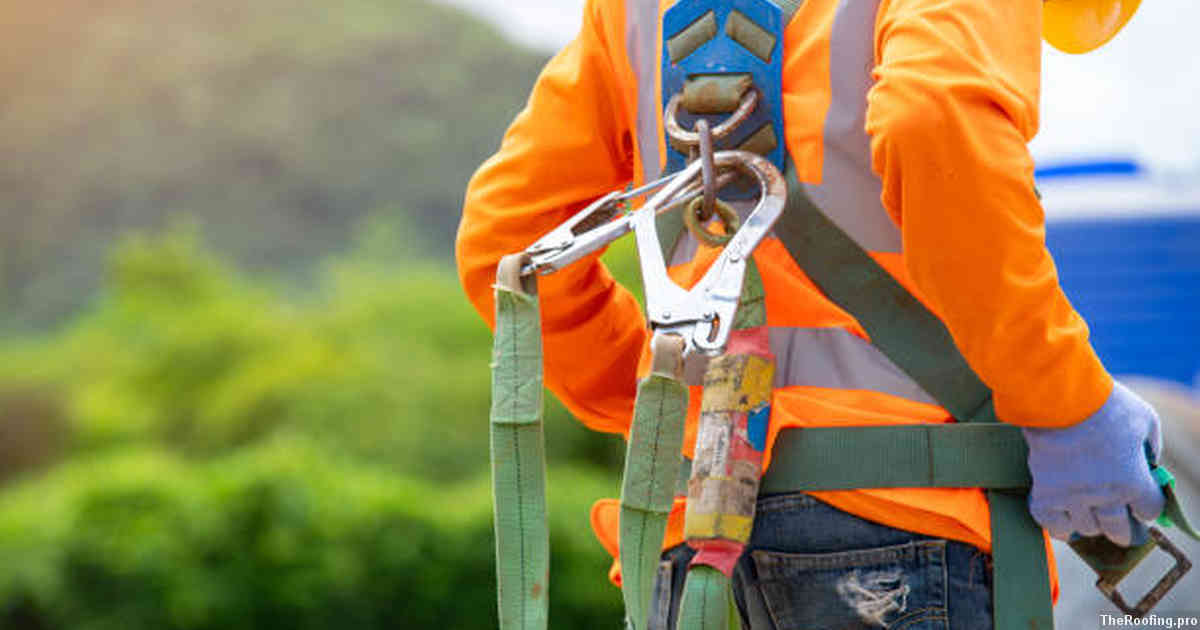
When it comes to repairing a TPO or EPDM roof, the best practice is to start by determining what type of membrane you have. This can be done by carefully examining the surface and looking for any signs of damage. If there are any signs that your membrane has been compromised, then it is important to act quickly in order to prevent further damage from occurring.
Once you have determined which type of membrane you have, it’s time to consider how best to repair the damaged area. For minor tears and punctures on TPO roofs, patching with an appropriate adhesive will usually suffice. On EPDM roofs, however, patching may not always be possible due to its greater flexibility; if this is the case then more extensive repairs such as seam welding or even full replacement may need to be considered instead.
Regardless of which approach you take when repairing a TPO or EPDM roof though, make sure that all safety protocols are followed and that proper protective gear is worn at all times when working on a rooftop environment – this should include hard hats and boots as well as other appropriate clothing depending upon weather conditions etc. Make sure that only qualified personnel carry out any repairs so as not cause further damage or injury during work procedures.
Preventative Maintenance Tips for TPO & EPDM Roofs
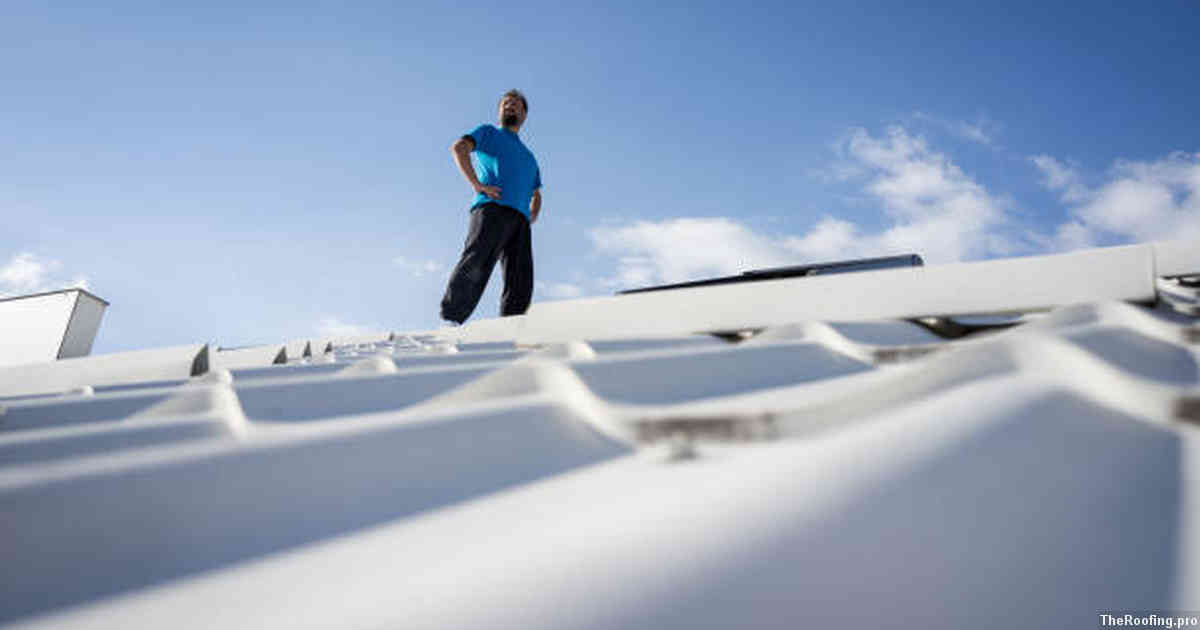
Preventative maintenance is key to preserving the lifespan of a TPO or EPDM roof. Without regular inspections and repairs, leaks can occur that lead to costly damage. To prevent this, there are some simple steps one can take to maintain their roofs in peak condition.
The first step is regularly cleaning the membrane surface with warm water and a mild detergent solution. This removes dirt, debris and other contaminants that can block drainage systems or reduce waterproofing capabilities over time. Inspect seams for any signs of cracking or lifting; if found, they should be immediately repaired with adhesive seam tape before any further damage occurs. It’s important to keep an eye out for areas where the insulation has been punctured as these need to be sealed up quickly so no moisture enters the building envelope from outside sources.
Another way of ensuring proper roof maintenance is by using protective coatings such as acrylics and elastomerics on exposed surfaces like parapets or walls near roof edges where additional protection may be needed against UV rays and harsh weather conditions like rain or hail storms. These coatings also help extend the life of your roof by preventing premature aging due to sun exposure and freeze-thaw cycles during winter months when snow accumulates on top of membranes making them prone to cracking over time without added protection from specialized coating products designed specifically for flat roofs like TPO & EPDM materials used most commonly in commercial applications today.
Understanding the Difference Between TPO and EPDM Membranes
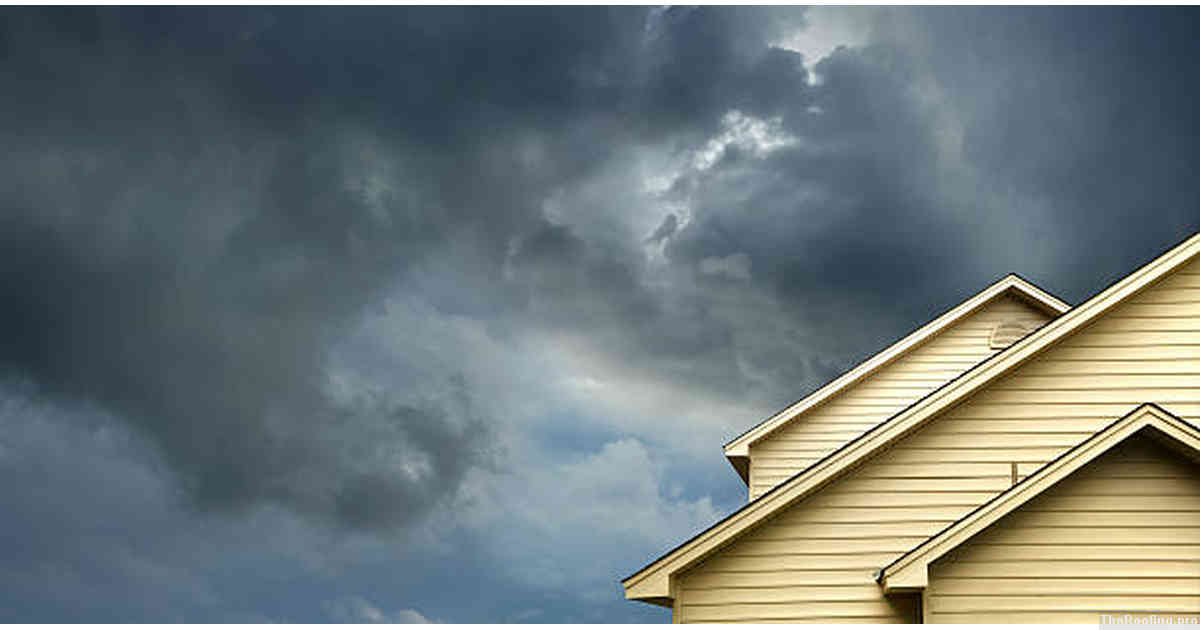
When it comes to roof maintenance, understanding the differences between tpo and epdm membranes is essential for ensuring that your building has a secure covering. TPO (thermoplastic polyolefin) and EPDM (ethylene propylene diene monomer) are two of the most commonly used flat roofing systems available today, but they have distinct advantages and drawbacks.
TPO roofs are generally more affordable than EPDM roofs due to their simpler installation process. They also offer excellent resistance to UV radiation, which means they won’t be damaged by exposure to sunlight over time. TPO roofs require less maintenance since dirt and debris can easily be cleaned off with soap and water without damaging the membrane material itself. However, one potential downside of using TPO is its susceptibility to punctures or tears from sharp objects such as tree branches or animal claws; this could lead to costly repairs down the line if not addressed promptly.
EPDM membranes provide superior protection against punctures when compared with TPO membranes thanks to their rubber-like composition; however they may become brittle over time due to prolonged exposure to UV rays so regular inspections should be carried out in order to detect any signs of damage early on before more serious problems occur later down the line. In terms of cost effectiveness, EPDM typically requires higher upfront costs than TPO but its longer lifespan makes it a worthwhile investment in many cases as well as being an eco-friendly choice too given its recyclability factor once removed from a property at end of life cycle stage.
The Cost of Installing a New TPO or EPDM Roof
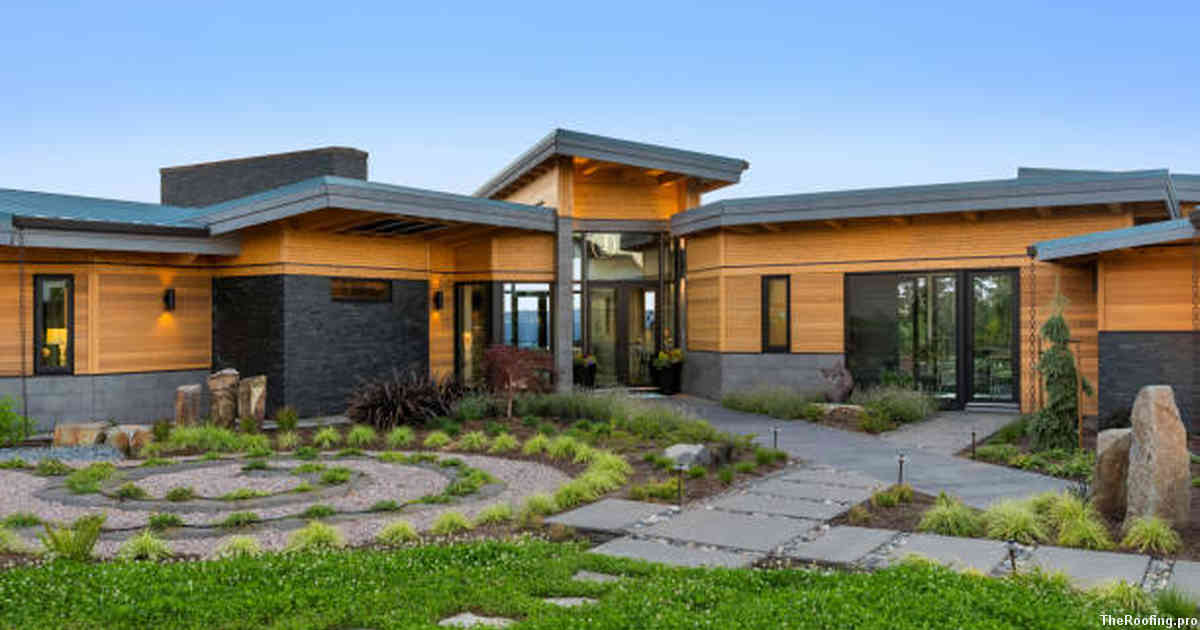
The cost of installing a new TPO or EPDM roof can vary depending on the size and complexity of the project. The most important factor is to ensure that you are getting a quality product that will last for many years with proper maintenance. For example, if your roof is large and complex, it may require more labor and materials than a smaller one. There may be additional costs associated with preparing the surface before installation such as removing existing shingles or other material.
When looking into what type of TPO or EPDM roof to install, consider both the upfront cost as well as long-term savings from energy efficiency benefits provided by each type of membrane. For instance, an EPDM roof typically has higher upfront costs but offers superior insulation properties compared to TPO membranes which can reduce heating and cooling bills over time. When considering overall return on investment (ROI), these types of roofs tend to have longer lifespans than traditional asphalt shingle roofs due to their durability against extreme temperatures and UV rays; meaning fewer repairs down the line.
In order to get accurate estimates on what it would cost to install either type of membrane onto your home’s rooftop system it’s best practice to contact multiple contractors who specialize in this area so they can provide tailored quotes based upon specific details about your property such as measurements and slope angles etcetera.